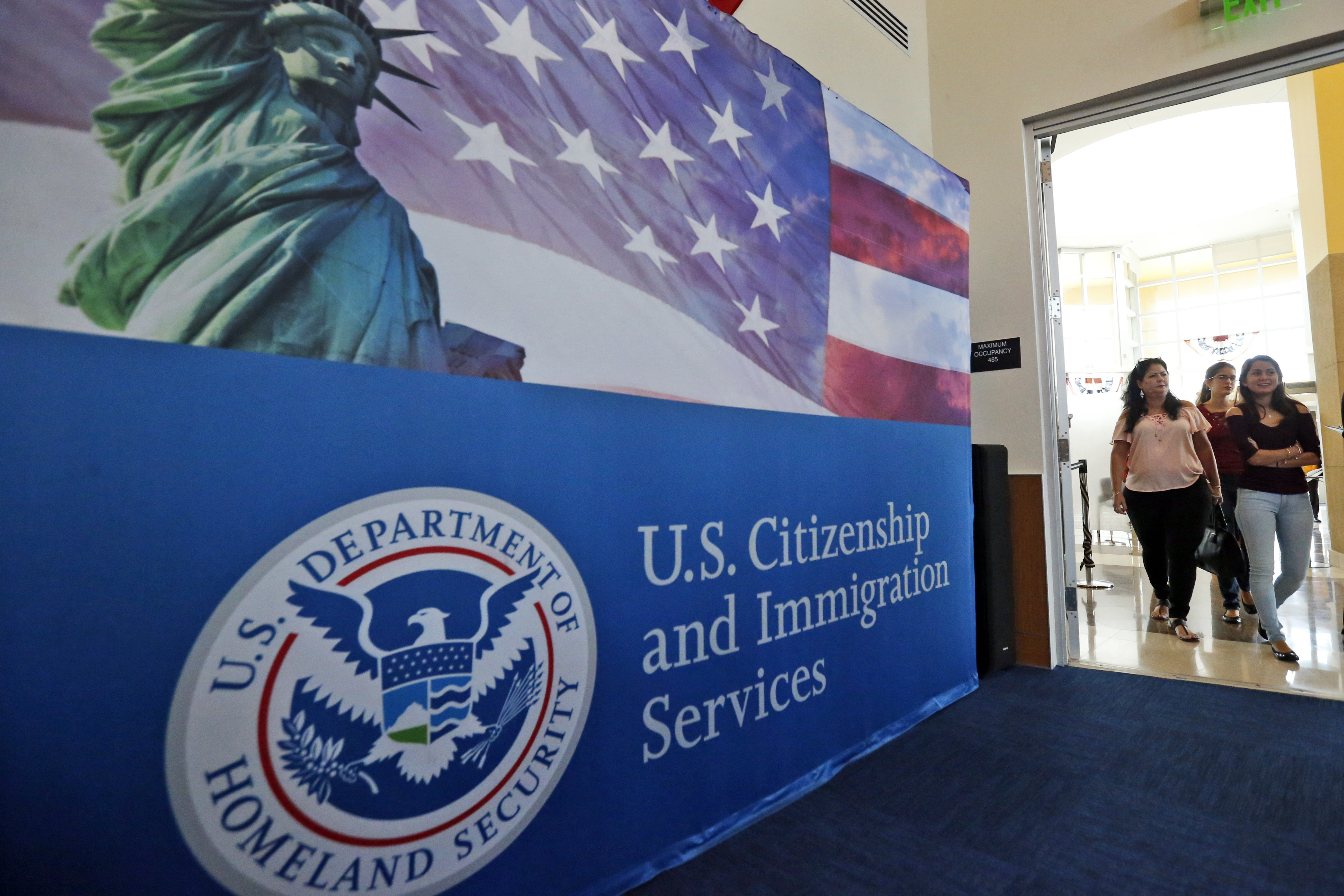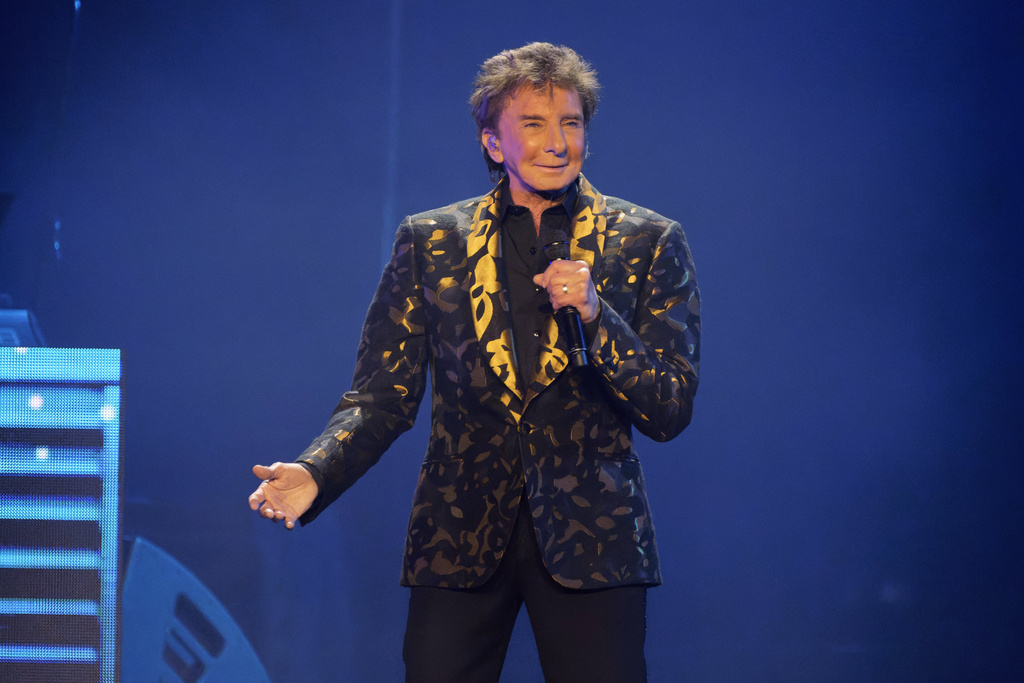It's customary for reporters, judges, lawyers and the public to take police officers at their word. But flawed and dishonest police reports are calling into question the reliability of this system.
The video showing Derek Chauvin kneeling on George Floyd's neck for nearly nine minutes provoked instant outrage — but the initial report paints a very different picture.
"[Floyd] physically resisted officers. Officers were able to get the suspect into handcuffs and noted he appeared to be suffering from medical distress. Officers called for an ambulance. … At no time were weapons of any type used by anyone involved in this incident."
This recounting of the incident, which makes no mention of Chauvin's actions, was circulated to the media before the undeniable truth went viral.
"Our clients have been telling us about this kind of behavior for decades and our clients would testify in court about this kind of behavior. But as I said, judges and prosecutors would not believe our clients over the testimonial of a police officer," Hennepin County public defender Mary Moriarty said.
Breonna Taylor was shot eight times in her home after Louisville Metro Police raided her apartment with a no-knock warrant.
But the police report detailing the incident listed her injuries as "none" and claimed there was no "forced entry" during the incident.
Louisville's mayor called the inaccurate report "unacceptable," saying, "It's issues like this that erode public confidence in the LMPD's ability to do its job."
Ahmaud Arbery was shot and killed after being chased down by two White men in Georgia. The police report from the responding officer relied entirely on the account of Gregory McMichael — described at the time as a witness, now charged with murder.
Most recently, in Buffalo, two police officers were fired and brought up on criminal charges for pushing a 75-year-old protester to the ground. The initial report claimed the protester "tripped and fell." Again, a bystander video contradicted what officials claimed was an accurate description of the incident.
One of the most notable instances of a police report cover-up came in 2015 after dashcam video showing the shooting death of Laquan McDonald was released. An activist and an independent journalist filed suit against the city to get video of the shooting released. An inspector general report of the incident implicated 16 officers for filing false reports.
And while Jason Van Dyke was found guilty of murder, the three officers accused of helping to cover up his crime were acquitted of any wrongdoing.
Civil rights attorney Ben Crump is representing the Floyd, Taylor and Arbery families and has worked dozens of police brutality cases.
CRUMP: "Well, I think the police shootings have always been voluminous. It's just back in decades past, we didn't have the technology to capture the visual and audio proof. … And people are saying, 'What's going on?' What's going on is the same thing that's been going on in America for hundreds and hundreds of years. People think they have the right to kill Black and brown bodies with no consequence."
There have been reforms targeted at providing transparency between the public and police — things like civilian review boards and body cameras. But for Hennepin County public defender Mary Moriarty, there's only one real solution to this long-standing problem.
MORIARTY: "It's the accountability for filing that report. And I don't see that. … prosecutors can report that judges can report that police chiefs can be held responsible, you know, make those officers accountable so that we can get those officers out of the department."
In Minnesota, where George Floyd was killed, one of the reforms being considered is to create an independent unit run by the state that investigates police-involved killings.











